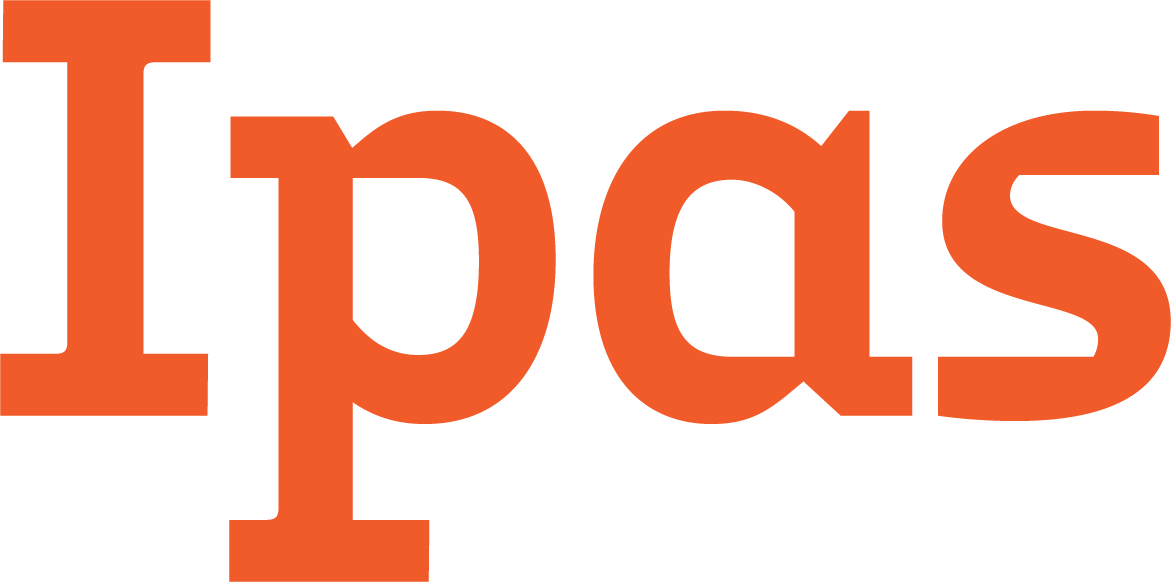But the study finds that adolescents, who are at particular risk of unintended pregnancy and unsafe abortion, are less likely to leave the facility with a method, compared to women aged 25 and older. Published the journal Global Health: Science and Practice, the large-scale study analyzed data from the experience of nearly one million women at 4,881 health facilities in 10 countries in Asia and sub-Saharan Africa.
Janie Benson, lead author of the study and former director of Ipas’s research program, says policies, protocols, provider training and services should be strengthened to better reach young women and adolescents: “When programmatic support is provided to health systems—such as training for providers in postabortion contraceptive counseling and provision—there is great potential for reaching adolescents and young women.”
As part of the study, Ipas provided programmatic support to health systems in the 10 countries (Ghana, Nigeria, Sierra Leone, Uganda, Zambia, Bangladesh, India, Myanmar, Nepal and Pakistan), with the goal of improving provision of contraception to women seeking induced abortion or postabortion treatment. The support included health worker training, upgraded recordkeeping, improvements in commodities logistics, facility upgrades and post-training follow up with providers and sites to solve problems and improve performance.
Following provider training and implementation of services, researchers analyzed log book data that included women’s’ ages, type of service provided and contraceptive method provision. One significant aspect of the study, says Benson, is that it covered a diverse range of service delivery, legal and cultural settings, and also included women seeking both induced abortion and postabortion care.
Among the key findings:
- Contraceptive uptake was high among all age groups, but adolescents (ages 15-19) were less likely to choose a method than women ages 25 and older;
- Adolescents and young women aged 20-24 were also significantly less likely to choose a long-acting, reversible contraceptive than women aged 25 and older;
- Clients whose providers had received Ipas-supported training in contraceptive counseling and provision were significantly more likely to receive contraception compared to women whose providers had not received the training.
Recommendations for health systems include:
- Update policies and protocols to eliminate barriers such as requirements that women and adolescents have to be married or have parental or spousal consent for contraceptive services;
- Ensure that a wide range of contraceptive methods are available in locations where abortion care is offered;
- Train providers, managers and facility staff to improve counseling and provision of contraceptive methods at the time of abortion care;
- Upgrade facilities to ensure privacy, especially for adolescents, and ensure confidentiality of client interactions and records;
- Reduce or eliminate out-of-pocket costs for all contraceptive methods, especially for adolescent clients;
- Conduct frequent client and community interviews to determine the preferences of young women and adolescents, and to assess the quality of care they receive.
Significant progress has been made in making contraceptive information and methods to women seeking abortion care, as this important study demonstrates. But all too often, Benson says, women, especially adolescents and young women, leave health facilities without the means to prevent unintended pregnancy: “Health system officials, clinical providers, international funders and community organizations must prioritize the contraceptive needs of women in abortion care settings, especially for adolescents. No woman should be denied the opportunity to make her own choices about contraception.”
More Ipas research on postabortion contraception
‘A tremendous opportunity’ to improve uptake
More focus needed on women’s choices
Ipas research generates new knowledge for the larger reproductive health and rights community. We also focus on targeted research to understand more about women’s needs and wants regarding reproductive health care and how they make decisions about contraception and abortion.
For more information, contact [email protected]

